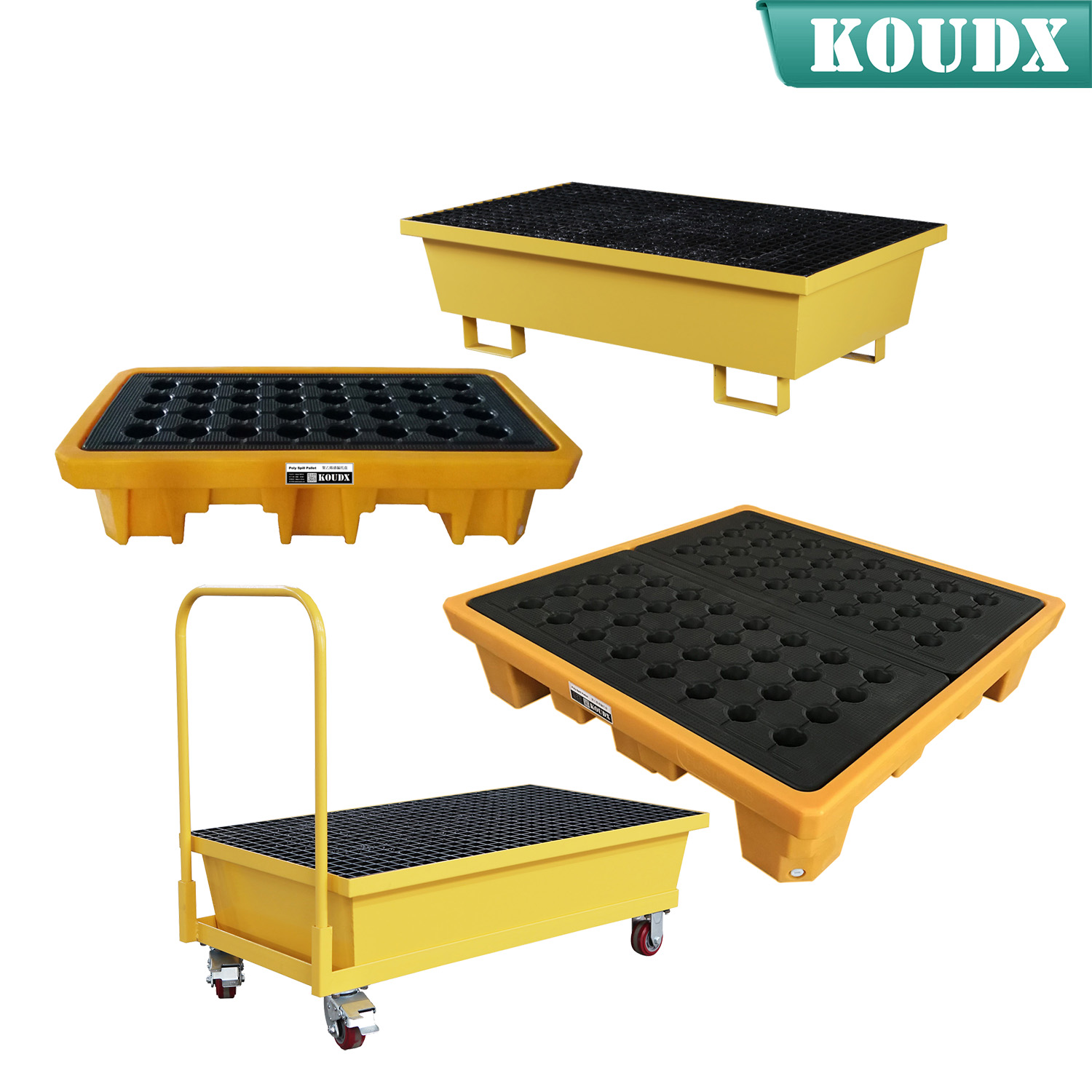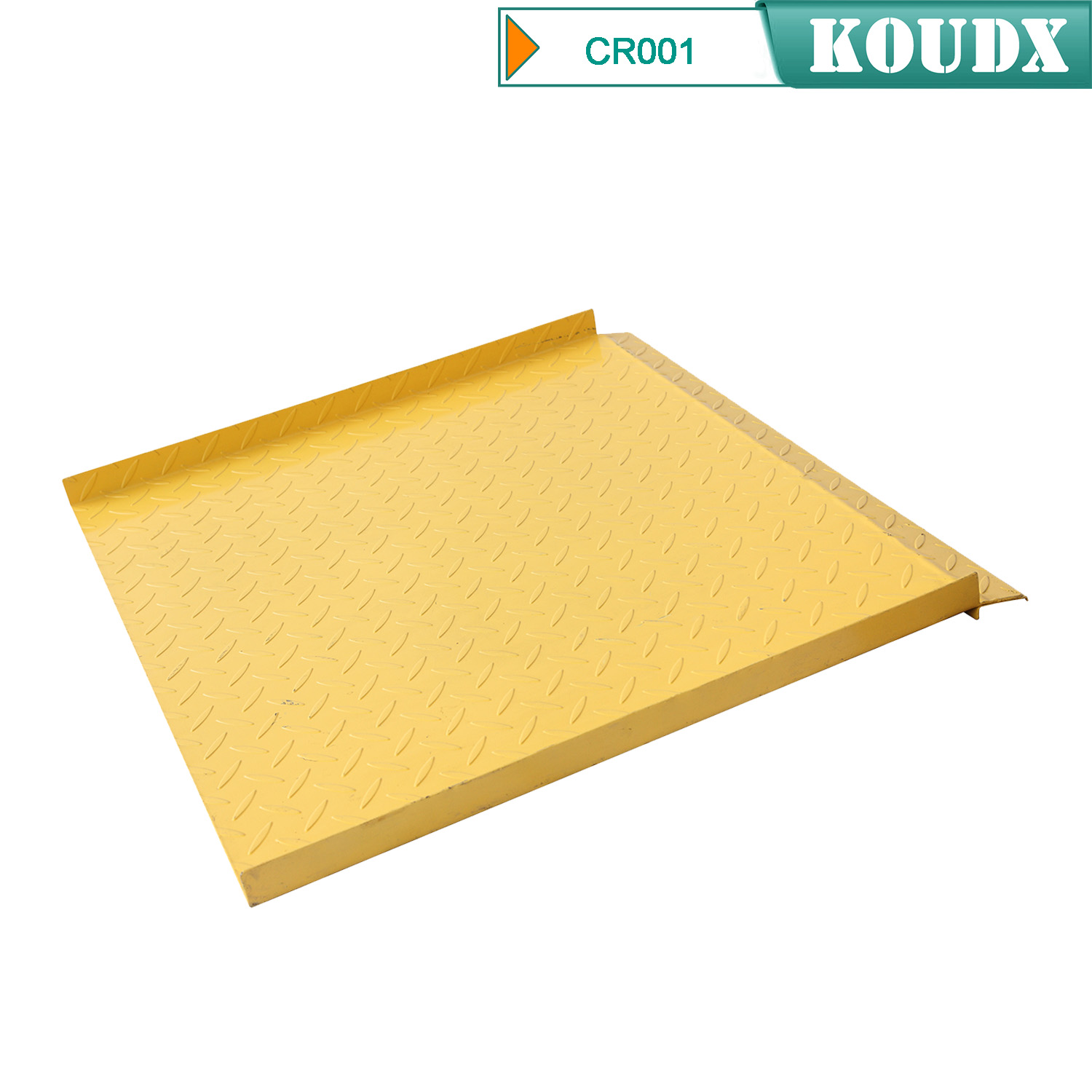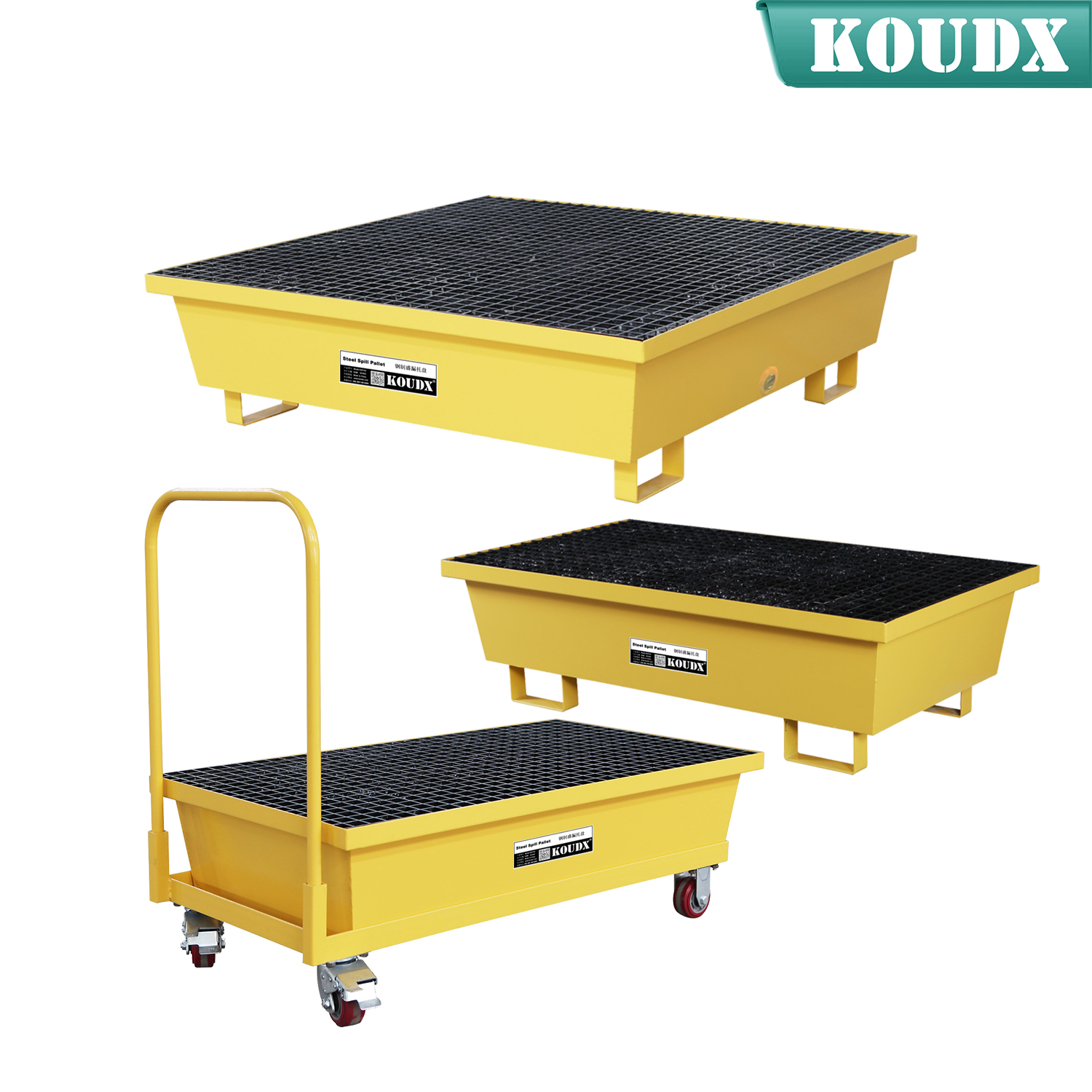
Emergency spill response is an important part of a company’s safety, health and environmental program. Well-prepared companies have a plan of action and keep the appropriate cleanup supplies on hand.
OSHA’s Hazardous Waste Operations and Emergency Response Standard (HAZWOPER) includes all employees who are exposed or potentially exposed to hazardous substances – including hazardous waste – and who are engaged in one of the following operations as specified by 29 Code of Federal Regulations (CFR) 1910.120(a)(1)(i-v) and 1926.65(a)(1)(i-v):
Cleanup operations required by a governmental body, whether federal, state, local or other, involving hazardous substances that are conducted at uncontrolled hazardous waste sites
Corrective actions involving cleanup operations at sites covered by the Resource Conservation and Recovery Act of 1976 (RCRA) as amended (42 U.S.C. 6901 et seq.)
Voluntary cleanup operations at sites recognized by a federal, state, local or other governmental body as uncontrolled hazardous waste sites
Operations involving hazardous wastes that are conducted at treatment, storage and disposal facilities regulated by Title 40 CFR Parts 264 and 265 pursuant to RCRA, or by agencies under agreement with U.S. Environmental Protection Agency to implement RCRA regulations
Emergency response operations for releases of, or substantial threats of releases of, hazardous substances regardless of the location of the hazard
This document focuses on emergency response operations for releases or potential releases of hazardous substances regardless of the location of the hazard by HAZWOPER trained responders. A simplified spill response plan might look like this:
Evacuate personnel from the immediate area of the spill
Identify the spilled material(s)
Notify the spill response team
Barricade the spill area and notify others in surrounding areas
Extinguish or disconnect all sources of ignition and contact the fire department if the chemical is flammable
Don the appropriate personal protective equipment
Contain the spill
Clean up the spill
Dispose of the spill in accordance with local, state and federal regulations
When putting together spill containment supplies, anticipate the types of spills and consider the types and styles of sorbents needed as well as the “tools” that should be readily available. Spill containment tools can include drain protectors, drain plugs, drum plugs, chemical neutralizers and shovels, brooms, mops, etc. If working with flammables, non-sparking tools are suggested.
Sorbent Forms
Booms are cylindrical and vary in length and width. They are used to help control and contain spills. Some booms contain spills on water, and can be connected together and deployed onto the water as a large spill barrier.
Socks or mini booms are cylindrical and vary in length and width. This form of sorbent is typically used in facility spill response or maintenance applications. Socks can be used to contain spills or can be placed around machinery or other equipment to contain leaks.
Pillows are rectangular and filled with sorbent media. They are used to clean up medium-sized spills. They can be placed under drip pans to help eliminate overflow problems, or used as a precaution for a possible spill when transferring liquids.
Pads and sorbent rolls are flat, sorbent sheets available in unperforated rolls, perforated rolls or manufactured to a specific size, up to 300 feet long. Pads can be used to line shelves, catch leaks under machinery and clean up spills. Rolls can be cut to specific lengths for larger applications.
Loose or particulate sorbents are composed of sorbent media that is not contained in any type of skin. Application of loose sorbents depends on the type of sorbent media used. Loose sorbents are typically used on small spills.
Sorbent Categories
The three categories of sorbents are universal, petroleum and maintenance. These categories are made up of several sorbent materials, including synthetics, such as polypropylene; inorganic materials, such as expanded silicates and clay; and organic materials, such as cellulose and wood fibers.
Universal sorbents are designed to absorb any liquid. They will absorb aggressive liquids, such as acids and bases as well as non-aggressive liquids and solvents, such as cleaners, water-based fluids, gasoline and alcohols. Universal sorbents are made of surfactant-treated polypropylene or expanded silicate materials. When cleaning up hydrofluoric acid, do not use an expanded silicate absorbent because the expanded silicate material will react with the hydrofluoric acid and generate heat. Instead, use a sorbent made of polypropylene.
Petroleum sorbents or “oil-only sorbents” are designed for absorption of oil and/or petroleum-based liquids. These sorbents are hydrophobic, meaning they will not absorb water or water-based liquids. These can be deployed on water surfaces for emergency cleanup of spills, or used in maintenance applications for hydraulic and engine-oil cleanup. Petroleum sorbents are made of polypropylene or treated cellulose.
Maintenance sorbents absorb non-aggressive liquids commonly found in manufacturing/maintenance operations. These liquids include coolants, lubricants, oils and cutting fluids. Maintenance sorbents will pick up both water-based and oil-based fluids. These sorbents are typically made of recycled materials, such as cotton, wool, cellulose or corncob. They can also be made of polypropylene or a combination of the materials listed above.
Sorbent Capacity
Sorbent capacity can be listed by the amount of weight absorbed in relation to itself (e.g., absorbs 12 times its weight) or by its liquid capacity (e.g., absorbs 8 gallons). If a boom weighs 1 pound and absorbs 12 times its weight, it will absorb 12 pounds of fluid. However, since all liquids don’t weigh the same per gallon, the weight capacity of the sorbent actually varies from liquid to liquid. So perhaps a more accurate way to assess sorbent capacity is by how many gallons it will absorb, or its liquid capacity. This amount will remain fairly static, regardless of the fluid weight. A boom that’s 4 feet long and 3 inches in diameter will typically absorb 1 to 1.25 gallons of liquid. A pad that measures 16 inches by 20 inches and is 3/16ths of an inch thick will absorb 28 to 32 fluid ounces. Both of these examples are for polypropylene sorbents. Other materials may have different sorbent capacities.
Frequently Asked Questions
Q: What are the differences between a sock, a dike and a boom?
A: Socks are more moldable than dikes or booms. The skin is constructed of a lightweight, knit material. Socks are mainly used in maintenance applications for containing and absorbing liquids. Dikes do not mold or form around equipment as well as socks do, but are more durable. Dikes are used for containing and absorbing small and large spills in open areas. Booms consist of a particulate-type absorbent covered with a porous fabric. Available in various diameters and lengths, booms are used for containing and absorbing large spills.
Q: Are there specific training requirements for personnel who respond to spills?
A: Yes. These requirements are found in three areas of 29 CFR 1910.120:
29 CFR 1910.120(e)(1) through (e)(9) describes in detail the training requirements for all employees exposed on site to hazardous substances, health hazards, or safety hazards. Training is broken down into general, initial, management and supervisor, qualifications, certifications, emergency response and refresher training.
Training for work at treatment, storage and disposal facilities is described in 29 CFR 1910.120(p)(7)(i) through (p)(7)(iii) — 24 hours of initial training and eight hours of annual retraining are required.
Emergency responder training to hazardous substance releases is covered under 29 CFR 1910.120(q)(6) through (q)(8)(ii). There are five levels of training, and the levels are progressive.
Q: How should I properly dispose of sorbents that are saturated with chemicals?
A: The handling, storage and disposal of these materials are governed by local, state and/or federal environmental regulations. Section 13 of the safety data sheet (SDS) can be referenced for disposal considerations. It is the end user’s responsibility to comply with the respective regulations.

KOUDX(Shanghai Koudx Industry Technology Co., Ltd.) is a professional provider of industrial safety and environmental protection solutions. Based on the concept of market and customer demand, our fire safety cabinet was developed in accordance with the standards of OSHA 29 CER 1910.106 and NFPA CODE30. It is widely used in petrochemical industry, industrial manufacturing, university laboratories, food industry, automobile industry manufacturing, new energy and other industries.
We sincerely hope that in the journey of KOUDX's continuous development and expansion, we will be able to get the full support of our distributor partners in China and abroad, and have more long-term strategic partners, development together and achieve a win-win situation. Welcome to contact us (86) 400-168-8090, you can visit our website www.koudx.com for the detail information.


























